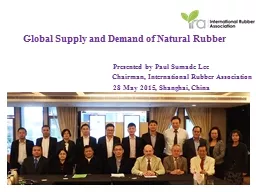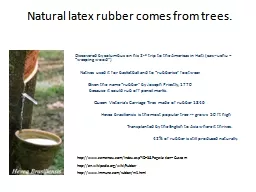PDF-APPLICATION GUIDE Fumed Silicafor Silicone Rubber
Author : yoshiko-marsland | Published Date : 2016-12-22
FUMED METAL OXIDES For more than 50 years Cabot Corporation has been delivering innovative material to silicone rubber customers As one of the world146s leading
Presentation Embed Code
Download Presentation
Download Presentation The PPT/PDF document "APPLICATION GUIDE Fumed Silicafor Silico..." is the property of its rightful owner. Permission is granted to download and print the materials on this website for personal, non-commercial use only, and to display it on your personal computer provided you do not modify the materials and that you retain all copyright notices contained in the materials. By downloading content from our website, you accept the terms of this agreement.
APPLICATION GUIDE Fumed Silicafor Silicone Rubber: Transcript
Download Rules Of Document
"APPLICATION GUIDE Fumed Silicafor Silicone Rubber"The content belongs to its owner. You may download and print it for personal use, without modification, and keep all copyright notices. By downloading, you agree to these terms.
Related Documents









